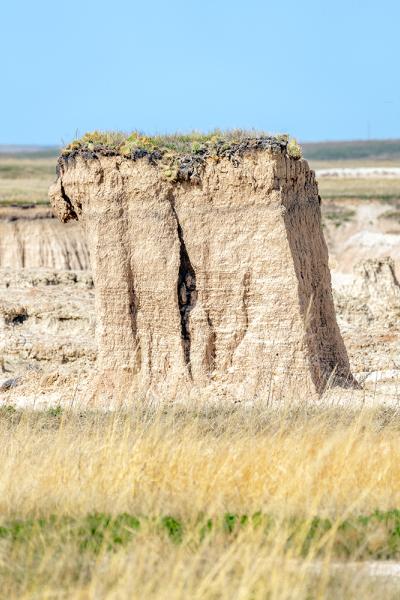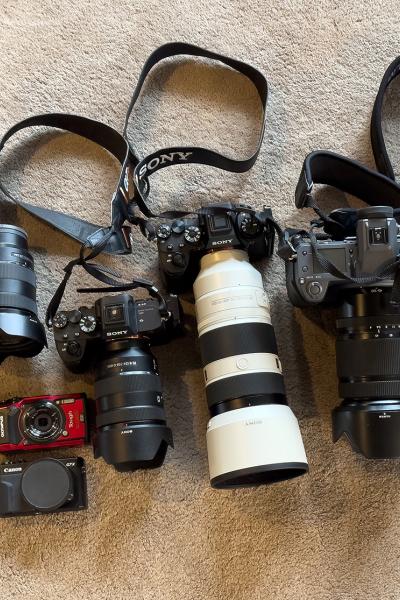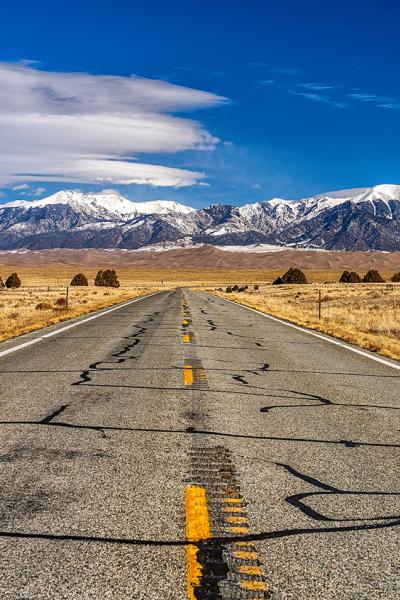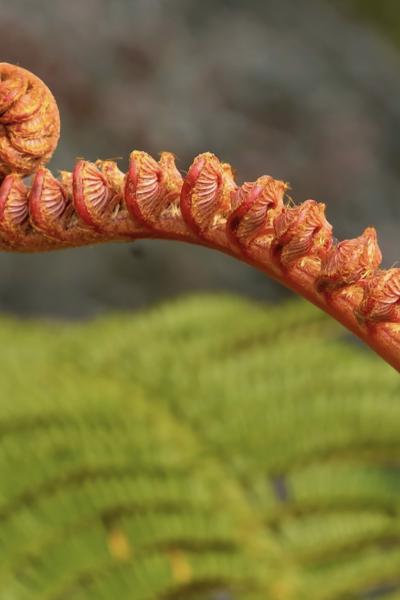National Parks Quiz And Trivia #74: The Midwest Edition

- By Rebecca Latson - May 6th, 2024 3:00am
Help power the National Parks Traveler’s coverage of national parks and protected areas.

Boxwork is a type of speleothem (cave formation) made of thin blades of calcite that project from cave walls and ceilings, forming a honeycomb pattern. The fins intersect one another at various angles, forming "boxes" on all cave surfaces. Boxwork is largely confined to dolomite layers in the middle and lower levels of Wind Cave. As a matter of fact, ninety-five percent of the world's boxwork is found in Wind Cave.
According to the National Park Service, "There are 400-450 bison in Wind Cave National Park. They are grazers and usually found on the grasslands. There are several good places to see bison along U.S. 385, S.D. 87, and primitive roads N.P.S. 5 & 6. Since the bison roam as they eat, they are never in one place for very long."
According to the National Park Sevice, "In North America, both 'bison' and 'buffalo' refer to the American bison (Bison bison). Generally, 'buffalo' is used informally; 'bison' is preferred for more formal or scientific purposes. Historians believe that the term 'buffalo' grew from the French word for beef, 'boeuf.' Some people insist that the term 'buffalo' is incorrect because the 'true' buffalo exist on other continents and are only distant relatives."




"Wind Cave National Park protects two very different worlds - one deep within the earth, the other a sunlit world of many resources. Bison, elk, and other wildlife roam the rolling prairie grasslands and forested hillsides of one of America's oldest national parks. Below the remnant island of intact prairie sits Wind Cave, one of the longest and most complex caves in the world."



The National Parks RVing Guide, aka the Essential RVing Guide To The National Parks, is the definitive guide for RVers seeking information on campgrounds in the National Park System where they can park their rigs. It's available for free for both iPhones and Android models.
This app is packed with RVing specific details on more than 250 campgrounds in more than 70 parks.
You'll also find stories about RVing in the parks, some tips if you've just recently turned into an RVer, and some planning suggestions. A bonus that wasn't in the previous eBook or PDF versions of this guide are feeds of Traveler content: you'll find our latest stories as well as our most recent podcasts just a click away.
So whether you have an iPhone or an Android, download this app and start exploring the campgrounds in the National Park System where you can park your rig.